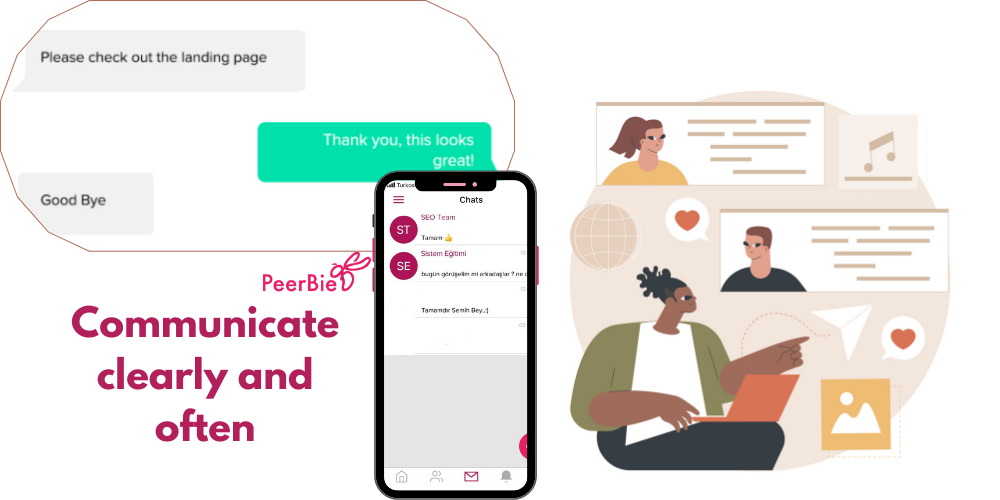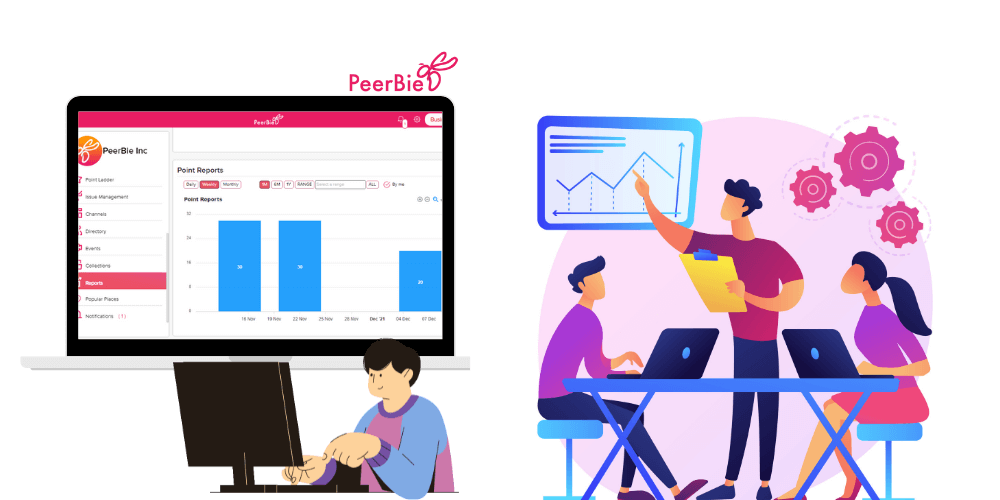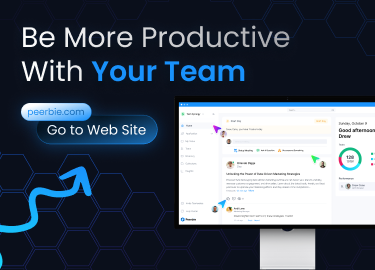Managing employee performance plays an important role in achieving your company’s goals, motivating and improving your employees. For the company, performance management is also an excellent opportunity to remove the shortcomings of your employees in order to achieve their goals. A company that lacks employee performance management may experience disruptions while performing and being efficient. As important as for the company, performance management is also very important for the employee.
Managers can identify good performers with employee performance management and reward employees for their success. For employees, this is a motivating behavior and they try harder to do their best. This increases the productivity of both employees and the company. When the performance of employees is improved and managed effectively, their loyalty to the company also increases. If you want to manage employee performance effectively, this article is for you.
What is employee performance?
Employee performance management is an action taken to maintain high performance within a business or organization. The aim is to reveal the performance of employees and to eliminate their insufficiency. Performance management varies according to the culture, understanding, and guidelines of the company. In addition, each department can set its own performance management criteria. Examples of these criteria are performance reviews, performance reports, additional roles, responsibilities, and feedback.
Also, there are factors that affect employee performance. These are:
- Job satisfaction,
- Company culture,
- Rewards and recognition,
- Employee engagement,
- Goals and expectations,
- Opportunity to learn new skills,
- Work allocation according to the employee’s skills.
In this article, we share five ways to effectively manage employee performance to help you build on your management skills and become a more effective manager.
1. Communicate clearly and often
One of the ways to manage employee performance effectively is to have clear communication. You need to ensure regular and open communication directly with your employees. In this period when remote working is widespread, you may have difficulties in coming face to face. But there are many performance management tools like PeerBie. With PeerBie, you can communicate privately, organize meetings via Zoom, or create group chats for your team. Many managers provide feedback by arranging one-on-one meetings after weekly point-based performance reports. If you want to give feedback on a weekly basis, you can arrange a meeting by reviewing the weekly performance reports prepared by PeerBie.

If you don’t clearly communicate your performance expectations and feedback to your employees, you won’t be able to meet your company goals. In order to strengthen your communication in these meetings, you should clearly state your expectations. As an employee, you must consider feedback and take steps to improve your success. As a manager, you should help your employees develop their skills and productivity.
2. Set specific goals
Setting specific goals for employees is an important step in managing employee performance. Working without identified goals is inefficient for employee performance. Setting general team goals as well as individual performance goals and regularly checking them is one of the most effective ways to increase productivity. If you know exactly what your business is, what you’re trying to achieve, and your company’s goals, you can be part of a larger structure. This increases your direct engagement with the company.
In addition to setting the appropriate goals, it is also important to have the right and competent people on your team. To make sure you’re placing the right employees in the right roles, you can learn about their performance by analyzing the point ladder on PeerBie. It is a more productive way to integrate the employee into the process.
3. Provide ongoing feedback
Another effective way of employee performance management is to give feedback. But there are some points that you should pay attention to when giving this feedback. Giving positive feedback is always easier for managers, but the real problem is giving negative feedback. When you need to give negative feedback, you should try to empathize as much as possible and make your employees feel that you will act with them to solve issues. However, providing good performance feedback is a great opportunity for employees’ improvement and development, also you can push them to succeed more.

If you really want to effectively manage employee performance, you must provide ongoing feedback. Providing ongoing feedback keeps employees in a constant loop of what they need to fix or work on. This is a way to increase performance on a regular basis. Our advice to you is to not only give constructive feedback but also to give feedback if your employees exceed your expectations and are much more successful. It’s all about motivating your employees and encouraging them to be more successful.
You can give feedback any way you want; whether you provide a video call, message, or quickly specify it by posting a comment. You can do all these through PeerBie. If you like something your employee shared, you can give feedback by leaving a comment. By creating group chats, you can give your team collective feedback or chat one-on-one. The choice is yours!
4. Measure performance
Providing feedback is an important part of managing employee performance. However, this feedback is provided by measuring the performance. When you monitor how your team and your employees are performing individually, you can better involve them in the management process. This can be a good source of performance and motivation.
You should adopt and adhere to an employee performance measurement system for yourself, employees, and teams. Measure and evaluate performance on a daily, weekly, or monthly basis, whichever is suitable for you. You can easily access point-based performance reports with the project management tool PeerBie, without wasting time on preparing reports.

Point-based performance reports are based on employees engagement including completed tasks and projects. It also takes into account how many tasks have been completed and how many hours the employee works. You can monitor progress and performance in real-time. With PeerBie, you can reward points for your employee’s success during performance evaluation and reward him/her afterwards. To manage employee performance effectively, you can use the data obtained from reports to inform your employees about their performance.
5. Support employee improvement
Evaluate the feedback you receive from your team or employees and take suggestions into account. Considering suggestions is a factor that increases employee development and improvement. As you manage the performance of employees, you can act with them on the necessary plan to make improvements. The important thing here is to support the career development of your employees.
Working directly with your employees as they create a plan and set goals to focus on is an effective way to manage your employees’ performance. Make sure to organize meetings on how your employees are progressing according to your development plans.

